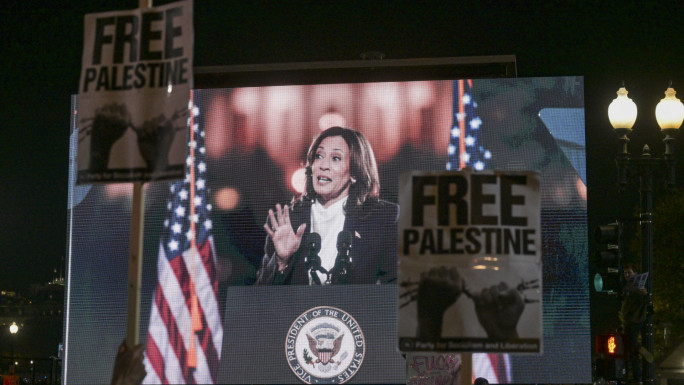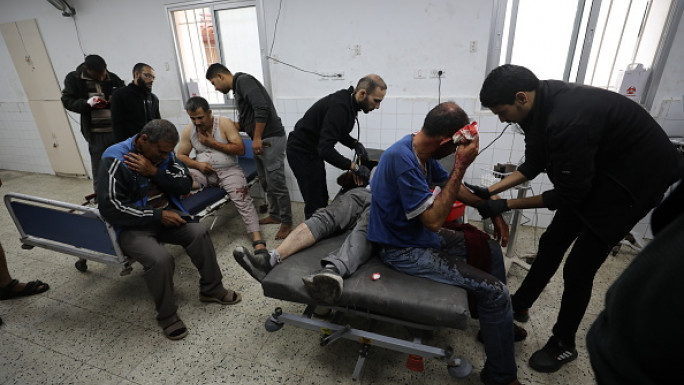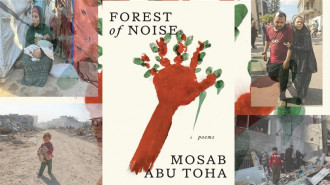
Rising displacement from Israel's war on Lebanon leads government to consider prefabricated housing solutions

With around 900 refugee centres across Lebanon fully packed with thousands of internally displaced people (IDP), mostly from southern regions pounded by Israeli missiles, and as tensions arise between those displaced and the hosting communities over limited resources and overstretched services, the Lebanese government mulls constructing prefabricated homes to shelter families who lost their own in the war.
The plan was recently announced by the Caretaker Minister of Environment Nasser Yassin. Intended as a temporary solution for around 1.4 million IDPs, it is aimed to erect prefab homes in Beirut, Bekaa, and the northern part of the country for people displaced by Israel's war.
London-based Asharq Al-Awsat quoted Lebanon’s caretaker Minister of Public Works and Transport Ali Hamieh as saying that the homes will be built on state-owned land, to keep the IDPs as near as possible to their towns of origin.
The ongoing war and the exodus of displaced people have further exhausted Lebanon's infrastructure and facilities already strained by the country’s depleted economy which never recovered from years of political bickering and Covid-19.
Uncertain housing future
Engineer, activist and relief worker Imad Amer stresses that, while IDPs should be entitled to access public property in times of war, he flagged that setting up such camps may face the risk of the government failing to dismantle them when the war is over, citing the “catastrophic” experience Lebanon previously had with camps set up in the Ouzai, Sabra, and Shatila areas.
These camps, set up decades ago to host Palestinian refugees, have grown massively into permanent residential areas without proper planning and permits.
He points out that the Lebanese government was able to block Syrian refugees from building permanent homes, leading to the erection of temporary structures that could be dismantled.
“Camps designated especially for Lebanese people could eventually result in informal, shanty settlements. The construction of temporary camps will require appropriate political and security measures to be taken and any permanent construction to be banned,” he said, noting his doubts that the government can conduct such planning.
According to reports, nearly 190,000 people are registered in refugee centres while many have resorted to renting homes, residing with relatives in safer areas, or remaining homeless in a country that is home to the largest number of refugees per capita.
“Accommodating the vast number of displaced people in Lebanon would require excellent planning when building these camps, particularly concerning ensuring good levels of sanitation and a robust water infrastructure,” Amer explained.
Estimating the cost of building caravan-like residential units to be around $1,300 each and accommodate no more than two people, Amer describes this as “an extremely high cost.”
“The best option to ensure the dignity, comfort, and space of the displaced is to make use of the numerous abandoned buildings, as well as properties owned by banks across Lebanon," he explained. "Renting out these apartments at reasonable rates would constitute both a less expensive and more practical solution to the problem of accommodating displaced Lebanese."
A Paris donor conference in late October raised $800 million in pledges of support to Lebanon, yet the UN said on Friday it is quickly running out of cash, as pledged donations are not being sent through.
He also ruled out the possibility of a demographic change, stressing that people displaced from Bekaa, Dahiyeh, and southern Lebanon are attached to their homes and the areas in which they live.
“For this reason, they will want to return, rather than stay in camps for an indefinite period,” according to Amer.
Refusing to be called a refugee
Taman Marwa, the executive director of the homegrown Social Movement Association (SMA), which offers aid and support to IDPs, believes that the proposed prefabricated homes for displaced people could be beneficial, provided it is managed and implemented properly.
“One important factor is that such homes would grant people a greater degree of privacy and freedom,” she said. According to Marwa, the key difficulty lies in choosing suitable sites and determining which local municipalities or other bodies will be responsible for managing them.
“This will be crucial in ensuring no issues arise between residents and those who are displaced, and that public lands are used appropriately whilst private property is respected,” she explained.
Marwa asserts that the most effective strategy would be to build such homes during a ceasefire, as this will allow displaced people to live closer to their hometowns and alleviate the pressure on host area infrastructure, referring to river pollution being noticed in Al Bekaa Valley as a result of unregulated tents.
“While relocating displaced people to camps or prefabricated houses is the best option, good organisation is essential to avoid any adverse effects on the environment, local population, or social harmony,” she stressed.
Among those displaced, the idea of prefab homes is not appealing to all.
Sahar Karim, a 25-year-old resident of the southern Deir Seryan village who has taken shelter in northern Lebanon, refuses the government’s idea to set up camps of prefabricated homes for the displaced.
“There are so many reasons I wouldn’t want to move to such accommodations, first of which is that they are often ill-equipped to protect people from the cold and the rain during the winter,” she noted.
As a result of Israel escalating the attacks on Lebanon’s south starting in September, most people were forced to flee their homes with nothing more than the clothes on their backs, and as temperatures drop, many are struggling to keep warm.
This has placed the heavy brunt of providing non-food essential items like bedding on nonprofits and good-doers.
Zainab Dimishk, who has fled the city of Tyre in the south, said relocating those displaced to a camp would “restrain our freedom and would confine us within a limited geographical area.”
Refusing to be called a refugee, Dimishk said, “I am in my homeland, and when I relocated, I am still in Lebanon, buying from local stores and renting from local landowners.
"I won’t be put in a refugee camp like those who fled wars elsewhere,” she concluded.
Bilal Ghazeye is a Lebanese journalist, working as a news editor and reporter at Lebanos News, and a communication officer at LOGI, a non-governmental organisation that promotes transparency and accountability in the Lebanese oil and gas sector
This article is published in collaboration with Egab







 Follow the Middle East's top stories in English at The New Arab on Google News
Follow the Middle East's top stories in English at The New Arab on Google News


